Lifestyle
Cassina acquires Zanotta
Discover more
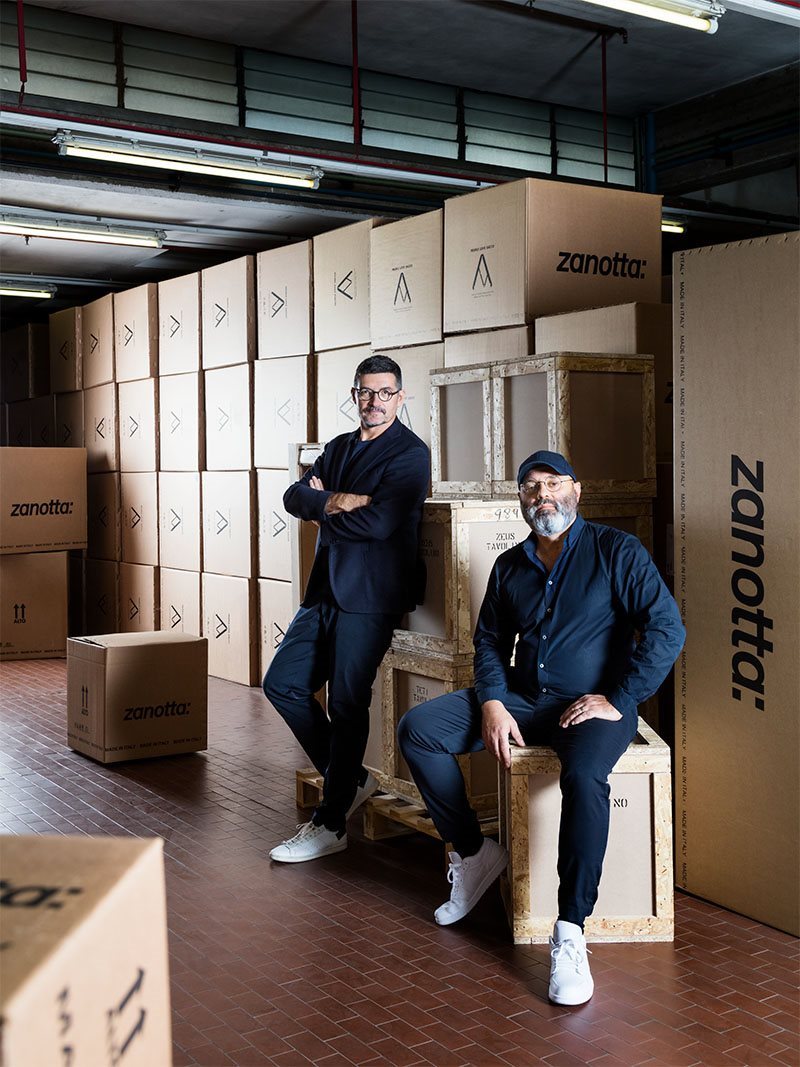
.jpg)
Give Sacco as a present and donate a smile to the children who need most
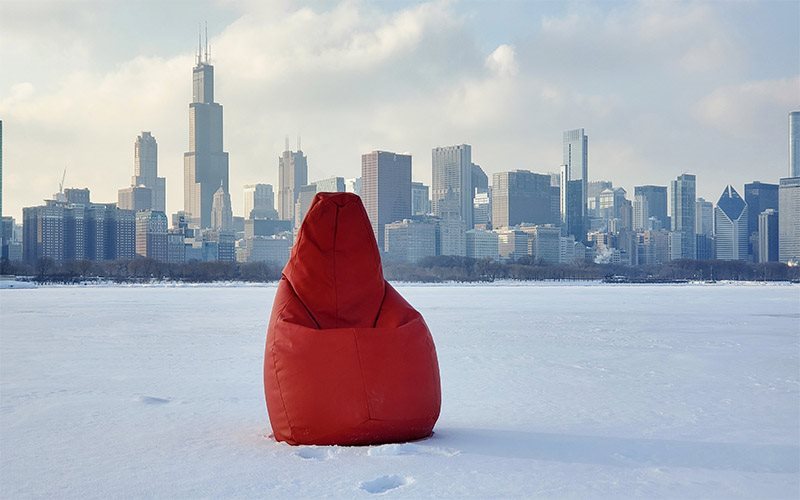
Design will save the world
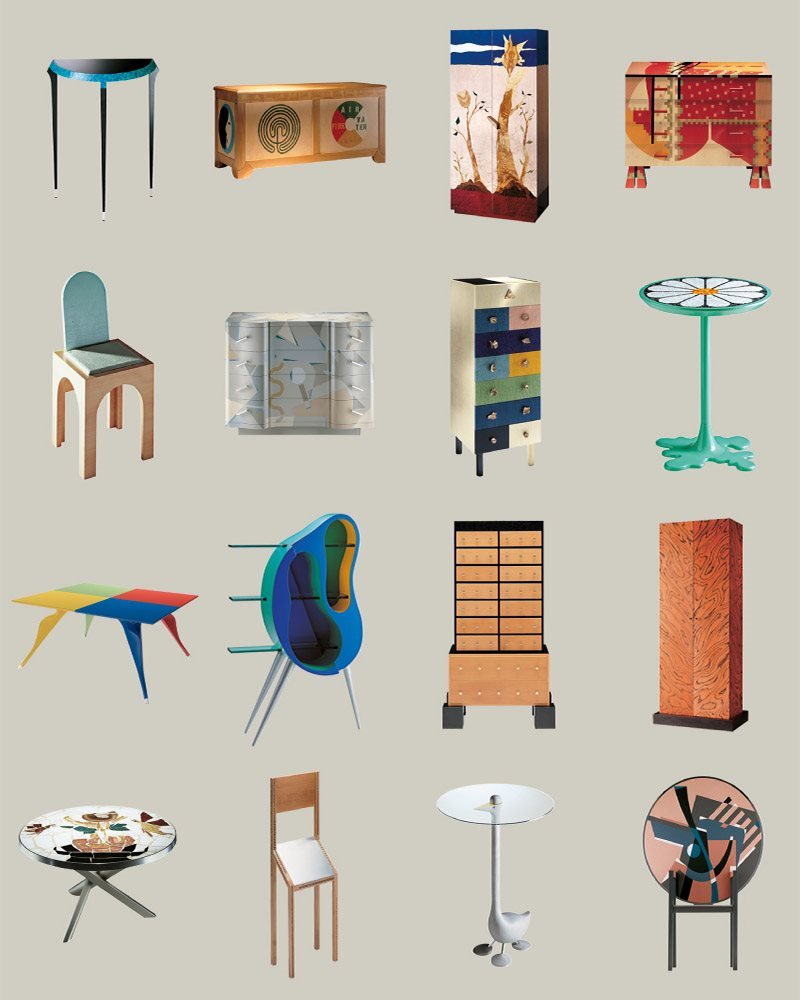
On creativity and decidedly unique objects, the marriage of art with fine artisanship, and all new alchemies
.jpg)
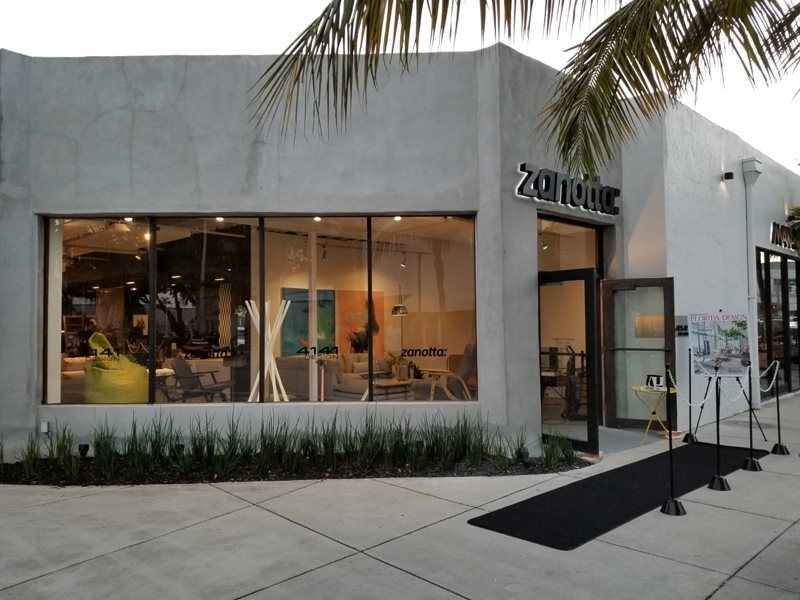
Zanotta Miami by 4141
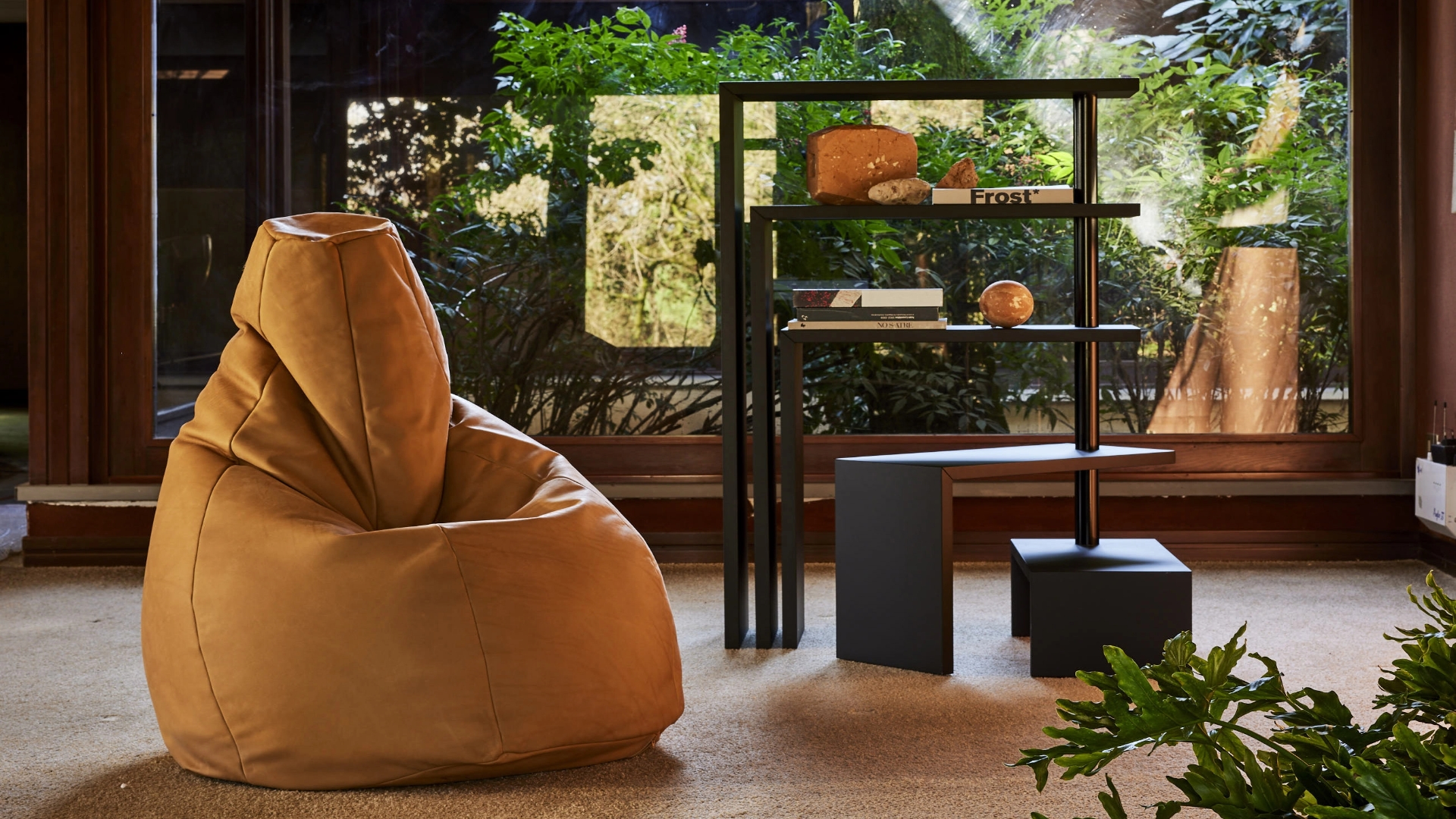
Be the first to be informed about the latest news, upcoming events and new products by Zanotta.